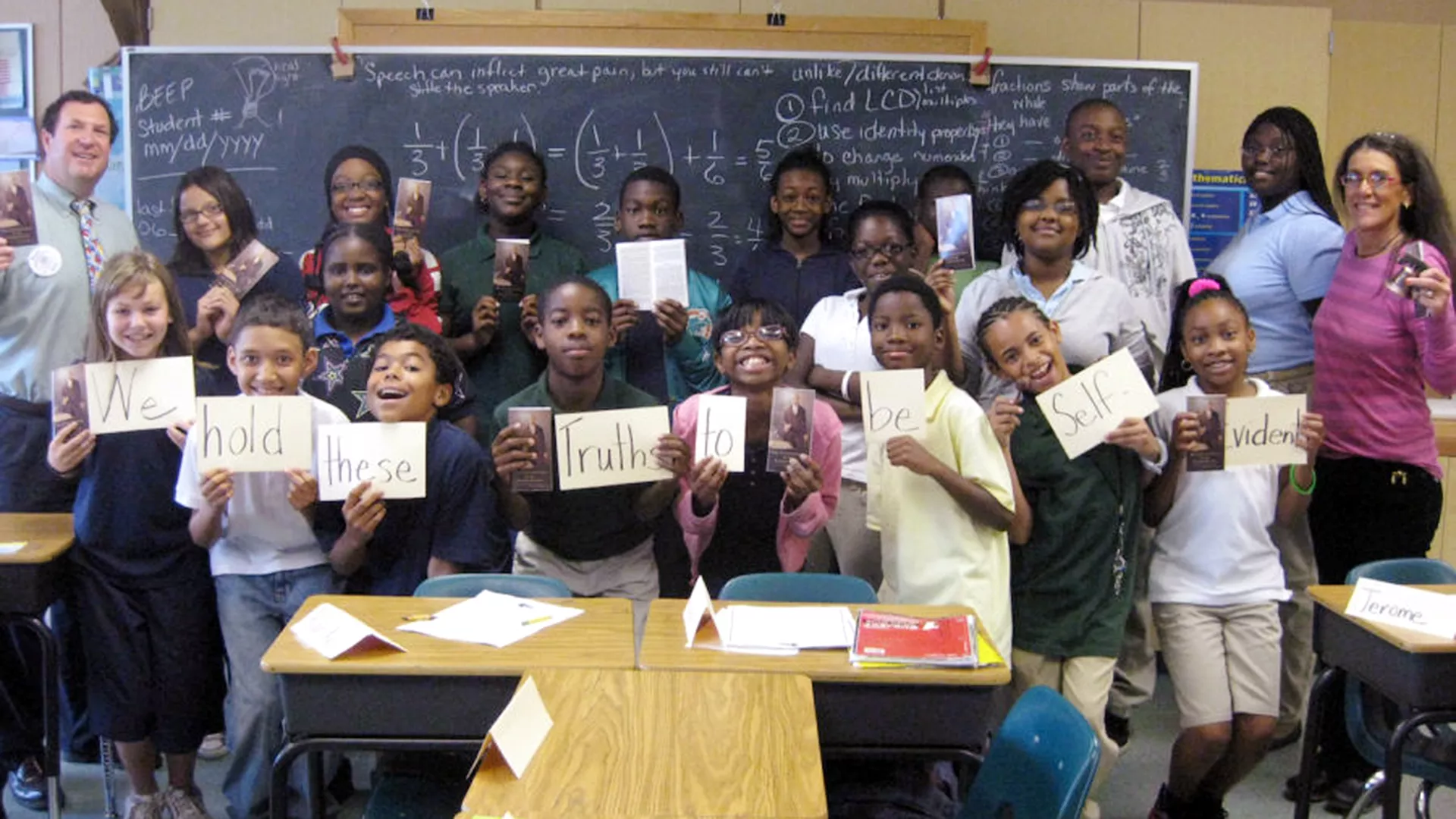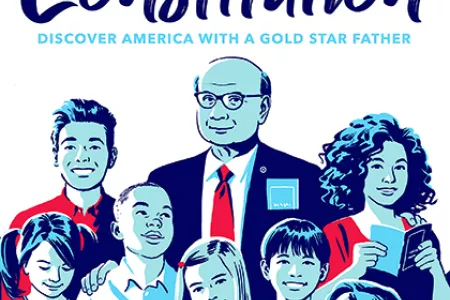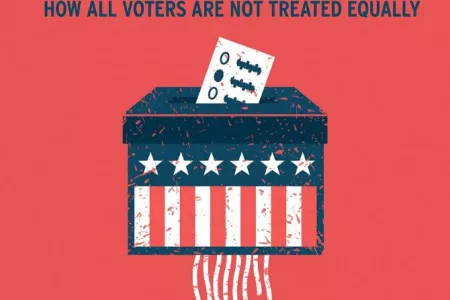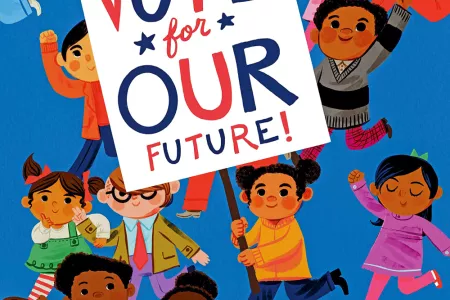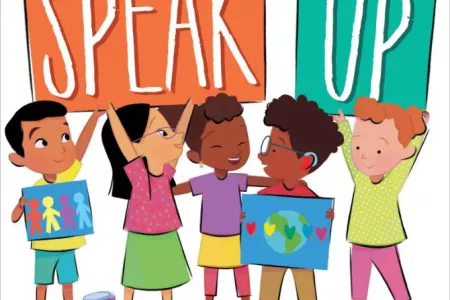Published: October 18, 2022
Knowing the history, principles, and foundations of American democracy, and the ability to participate in civic and democratic processes, are vital to our citizenry, but civics engagement goes beyond memorizing historical documents or casting a ballot. It requires developing students’ critical thinking and debate skills, along with strong civic virtues.
We've compiled resources and advice from NEA members and other experts to help you bring civics education into your classroom.
Advice from the Experts
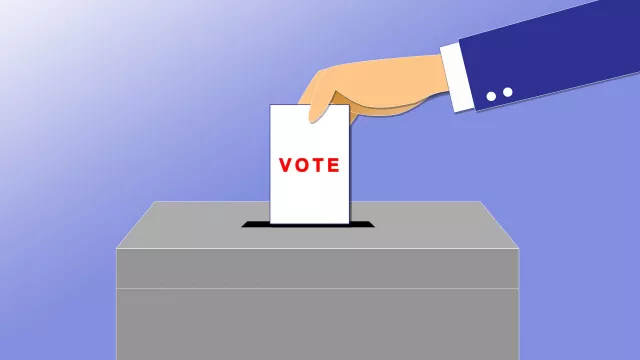
Teaching Students About Elections
Veteran technology teacher Jacqui Murray brings you six digital tools to help students learn how democracy works.

Fostering Responsible Digital Citizenship
NEA member Andrew Kozlowsky shares resources are available to help your students become experts at sniffing out misinformation.
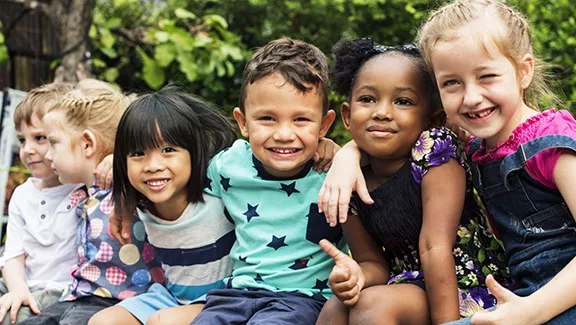
Civics lessons should start in kindergarten. Here’s how to get started.
Dr. Stephanie Serriere prepares future teachers to “purposefully teach democracy.”
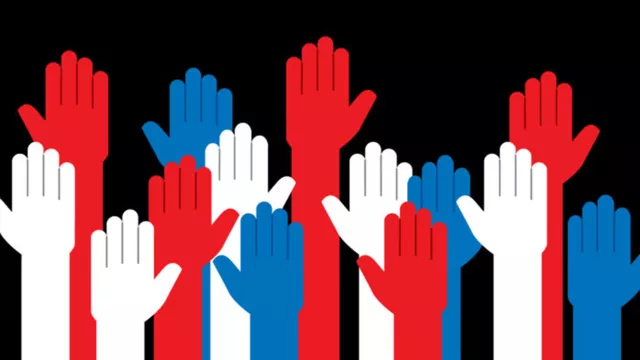
3 Teachers Tell How They Took On the Civics Gap
Students of color get the least rigorous civics education. Hear from three veteran educators who upended the status quo.

Students Still Can’t Tell Fact from Fiction on the Internet
After the 2016 presidential election, Stanford University researchers released a study that examined U.S. high school students' inability to discern fact from fiction in online news sources.
Ways to Promote Civics Education in Our Schools
- Provide formal instruction in U.S. government, history, and democracy that involves more than rote memorization of facts and procedures. Jennifer Reidel’s students at Lyn den High School in Lynden, Wash., research, write and debate their own bills, study recent Supreme Court cases, and hold a mock trial. Other required activities include volunteering in the community.
- Incorporate discussion of current local, national, and international issues in the classroom, particularly those that young people view as important to their lives. Nancy Peterson, who teaches American Government at Gilbert High School in Gilbert, Iowa, “designed her class from the student perspective.” Her students introduce bills proposing the class colors, flower or song. They walk the bill through a mock legislative process, then follow the “laws” that pass through their graduation.
- Design service learning programs that allow students to apply what they learned in the classroom through community service. Students in Douglas Oswald’s high schools civics class at Marion Technical Institute in Ocala, Fla., have mentored 5th graders, helping them prepare for a simulated congressional hearing.
- Offer extracurriculars that get students involved in their schools or communities.
- Give students a voice in how their school operates by encouraging their participation in student government or classroom management.
- Conduct simulations of democratic processes (mock elections, legislative deliberation and diplomacy exercises). In one of Jennifer Reidel’s favorite simulations, students participate in a constitutional convention.
- Knock down barriers for civics educators. One out of four teachers surveyed by the Center for Information and Research on Civic Learning & Engagement thought parents would object if they taught about politics in a government or civics class, and only 38 percent thought their district would give them strong support. Teachers who perceive support are more likely to use the most promising practices in civics education.
Recommended Books for Learning About Democracy
This Is Our Constitution: Discover America with a Gold Star Father
Learn more about the Constitution and how to uphold its principles from a citizen who is passionate about his adopted country.
One Person, No Vote (YA edition): How Not All Voters Are Treated Equally
This history of unconstitutional voter rights suppression in America is filled with statistics and stories sure to inspire soon-to-be voters to take action to ensure the basic right to vote for all Americans.
Vote for Our Future!
The students of Stanton Elementary School might be too young to vote themselves, but they find ways to use their voices to encourage their parents, friends, and family to vote.
Speak Up
On a busy school day, a diverse group of kids discover positive ways to make their many voices heard.
Are you an affiliate?
Jump to updates, opportunities, and resources for NEA state and local affiliates.

Professional Excellence From Members, For Members
Our community of experts share lesson plans, activities, advice, and more to help you help your students.
Stay Informed We'll come to you
We're here to help you succeed in your career, advocate for public school students, and stay up to date on the latest education news. Sign up to stay informed
